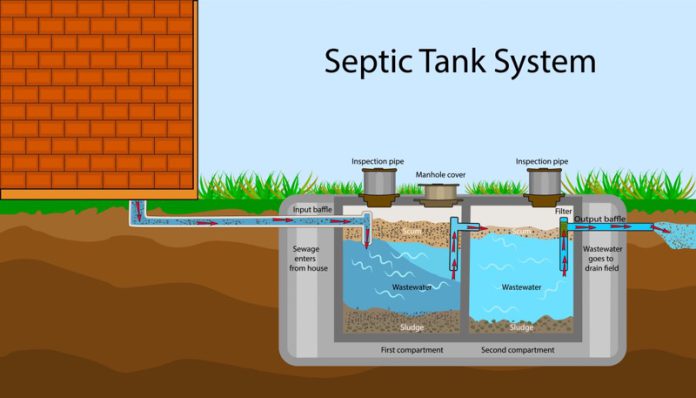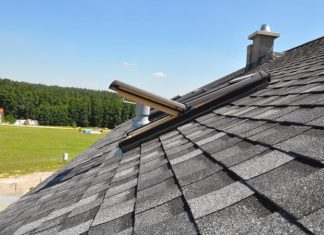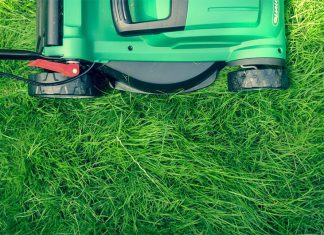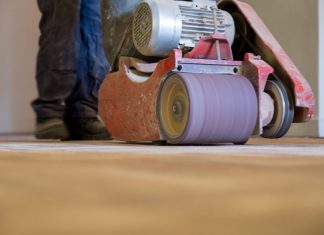If you’ve moved into a new home with an aeration system or an aerated septic tank, you need to learn about septic tank aerators.
Depending on where you live, an aerated septic system might have a different name. For instance, it’s also known as an Aerobic Treatment Unit (ATU), aeration system, or advanced onsite treatment unit in different areas.
However, they’re the same wastewater treatment unit that uses an air pump to add air to the tank. The septic tank aerator is crucial if you want to keep treating your wastewater and avoid any drainage issues. You can also install add-ons to take care of air pump noise reduction, better functionality and convenience.
In this article, we’ll explain everything you need to know about septic tank aerators and how to keep them well-maintained.
3 Questions to Understand Your Septic Tank Aerator Better
What Does a Septic Tank Aerator Do?
A septic tank aerator or air pump will insert more oxygen into the septic system. The aerator uses ambient air and pumps it into the system using the tank diffuser. It fosters the growth of bacteria that breaks down and takes in the wastewater in your tank.
A higher concentration of natural bacteria in your septic system will help clean wastewater more efficiently. Additionally, it provides treatments to the nutrients in the tank by improving the natural bacterial activity in the system.
What Are the Advantages of a Septic Aerator?
A septic aerator is perfect for homes with smaller lots, improper soil conditions, areas with a high water table, or homes vulnerable to contamination from the nutrients in the wastewater. It’ll break down and treat wastewater inside the tank with bacteria and oxygen, ensuring you don’t have to deal with dirty water in your home.
What Happens If the Septic Aerator Stops Working?
If the aerator doesn’t work in the septic system, it’ll turn into a slower, less productive environment to break down the solids in your system. Additionally, your system will start discharging terrible raw sewage-like effluent, bringing more odour around it.
Since the aerator septic system has smaller or no secondary treatment devices, the raw sewage will be released directly outside or into the secondary system. Eventually, the entire system will be overwhelmed and fail, causing a mess to its surroundings.
Therefore, it’s critical to catch any sign that can leads to the failure or breakdown of your aerator. The best indicator of an aerator failure is the unpleasant odour coming from the area where your system discharges, either from the secondary system or directly into the environment.
5 Aerator System Problems and How to Solve Them
Usually, the system will alarm you if there is something wrong with it. It might happen due to several reasons, some not even directly related to the aerator. In such situations, you will need the help of a professional to get to the bottom of the problem.
However, if you want to find it yourself, here are some of the most common reasons for a septic alarm sound that indicates a problem in the aerator system:
- Power Loss: The most common reason for the loss of power in the septic aerator system is a tripped circuit break. It is easy to solve, and in the worst scenario, you’ll need a professional to fix it.
However, if this problem keeps resurfacing, it is an indicator of a bigger underlying electrical problem that needs to be solved by a professional immediately.
- Failure in Sewage Pump: If your sewage pump fails, the water in your system will rise and trigger the septic alarm. In this case, you’ll need to replace or repair the sewage pump to bring your system back to functionality.
- Inadequate Air Pressure: Proper air pressure is compulsory for your aerator to oxygenate your system. If your system’s air pressure is inadequate, you have to replace or repair the system’s aerator.
- Broken Timer: The timer in your aerobic system makes sure that it releases water only when the effluent is clean for your system’s next phase. If the timer isn’t working, it often means you have to replace or repair the aerator.
- Clogged Diffuser: If the diffuser is clogged, the septic aerator can’t discharge the fluids inside the system. You’ll need to contact a professional to unclog the system outlet before it causes any permanent damage.
To Sum Up
It’s worth installing a septic aerator in your house, as it will help you access more fresh water. However, you should be responsible and maintain the system properly to avoid any issues.
With the information given above, you can keep yourself well-equipped with what you can do when something does go wrong. Now, go ahead and get yourself a septic aerator to bring more convenience to your family lifestyle!















